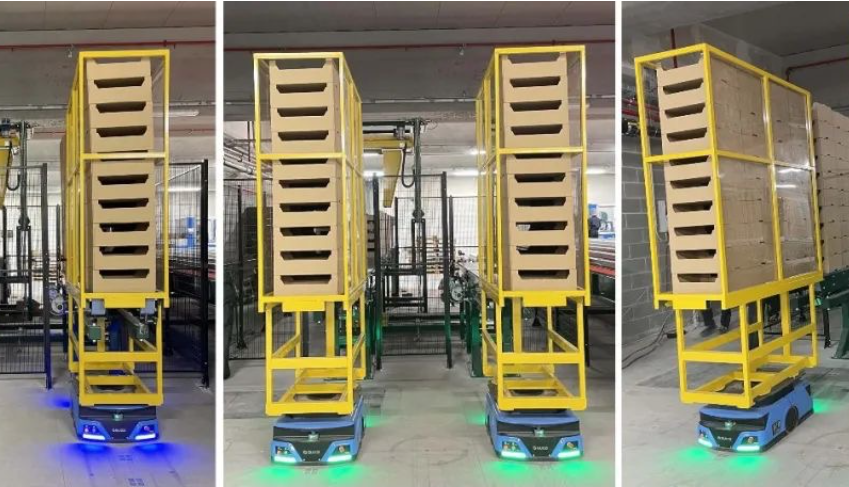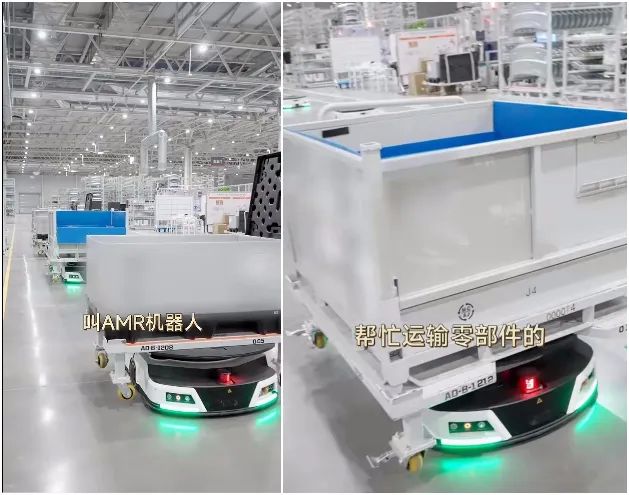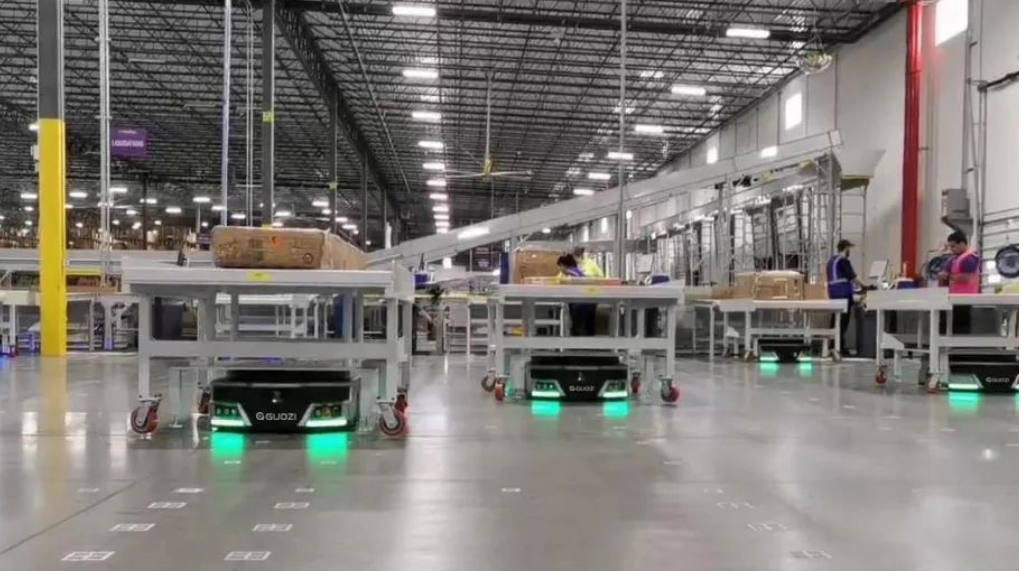With the continuous progress of technology, artificial intelligence has penetrated into all walks of life, in which the robotics industry, as an important carrier of artificial intelligence, is ushering in unprecedented development opportunities.CTU (Control Theory and its Applications), as the foundation of automation technology, plays a key role in the development of the robotics industry. It plays a key role in the development of the robotics industry. In this paper, we will discuss how to empower artificial intelligence and promote the innovation and development of the robotics industry from the perspective of CTU.
1. Theoretical support
CTUs provide a solid theoretical foundation for robots, including stability theory, optimal control theory, and adaptive control theory, which are important tools for designing and analyzing robotic control system is an important tool for designing and analyzing the control system.
2. Technological innovation
The technological innovations of CTU have brought new development opportunities for the robot industry. For example, the application of nonlinear control, robust control, intelligent control and other technologies has greatly improved the performance and intelligence of robots.
Concrete Practices of CTU-Enabled Artificial Intelligence
1 . robot control system design
The optimal control theory and methods of CTU are widely used in the design of robot control systems, which enable the robots to maintain stable and efficient work in various complex environments.
(1) Model Predictive Control (MPC): by building a robot dynamics model, it predicts the future state and optimizes the control inputs to achieve precise control.
(2) Sliding mode control (SMC): utilizing the invariance of sliding modes to design controllers that are robust to external disturbances and model uncertainties.
2. Robot Sensing and Decision Making
The combination of CTU and AI technology provides a new solution for robot sensing and decision making.
(1) Deep learning and visual perception: deep learning techniques are utilized to process the data collected by the robot's visual sensors to achieve object recognition, classification, and scene understanding.
(2) Reinforcement Learning and Decision Making: through reinforcement learning algorithms, robots are able to autonomously learn the optimal strategy in uncertain environments and improve the intelligence of decision making.
3. Robot cooperative operation
The application of CTUs in multi-robot systems promotes the development of robot cooperative operation.
(1) Distributed control: through distributed control algorithms, it realizes cooperative operation among multiple robots and improves operation efficiency and flexibility.
(2) Group Intelligence: drawing on the behavioral patterns of group organisms in nature, designing collaborative strategies applicable to groups of robots.
Trends of the robotics industry driven by CTU
1. Autonomous Navigation and Obstacle Avoidance
With the fusion of CTU and sensor technologies, the autonomous navigation and obstacle avoidance capabilities of robots will be significantly improved for more complex and variable environments.
2. Intelligence and Human-Robot Interaction
The development of CTUs will promote the enhancement of the robot's intelligence level, which will enable the robot to better understand the human intention and realize natural human-robot interaction.
3. Cloud Robotics and the Internet of Things
The combination of CTUs with cloud computing and IoT technologies will enable the robots to realize remote control, data sharing, and intelligent analysis, expanding the range of applications of robots.
CTU, as an important force driving the development of the robotics industry, and its in-depth fusion with AI technology, provides a constant source of power for innovation in the robotics industry. In the future, with the further development and application of CTU theory, the robotics industry will usher in a broader development space, bringing more convenience and welfare to human society.








